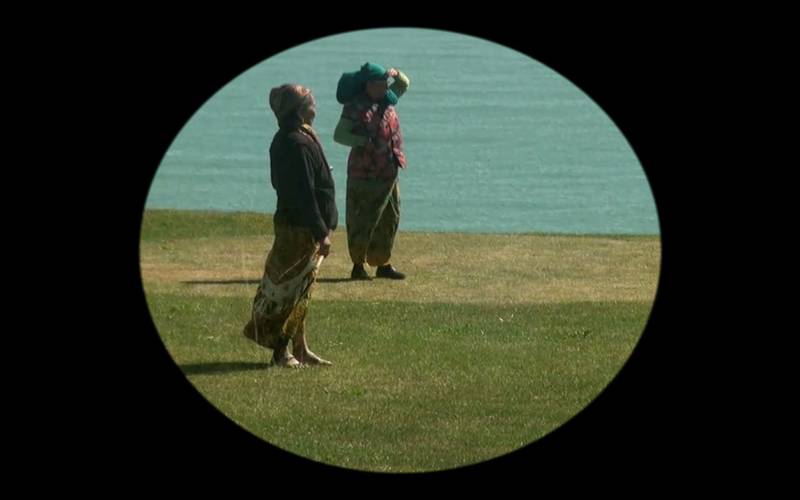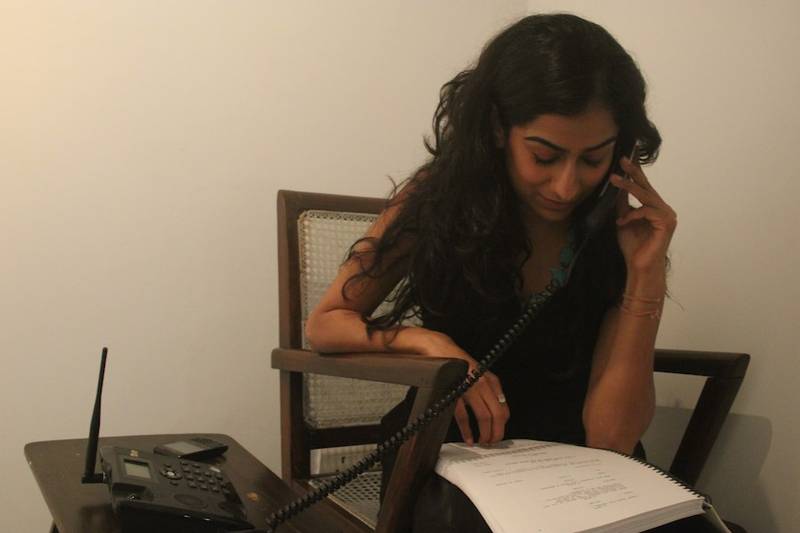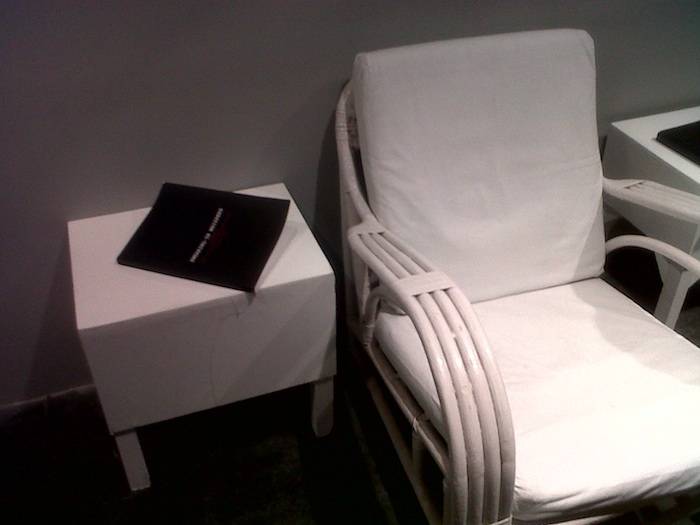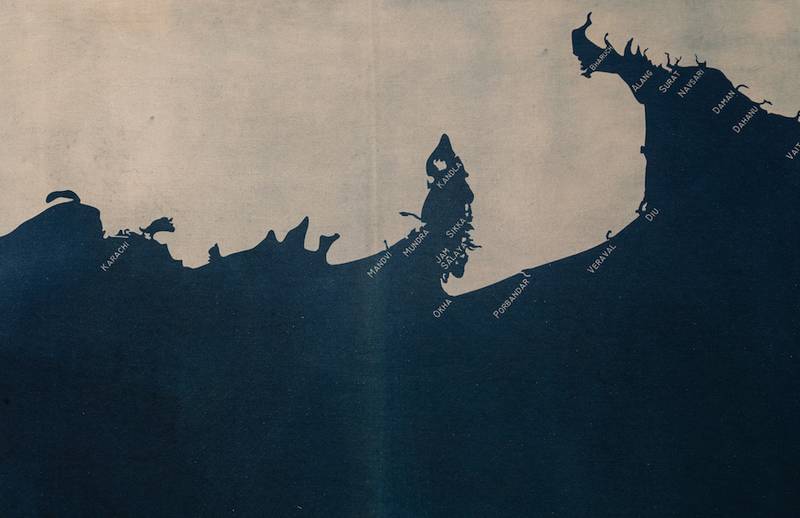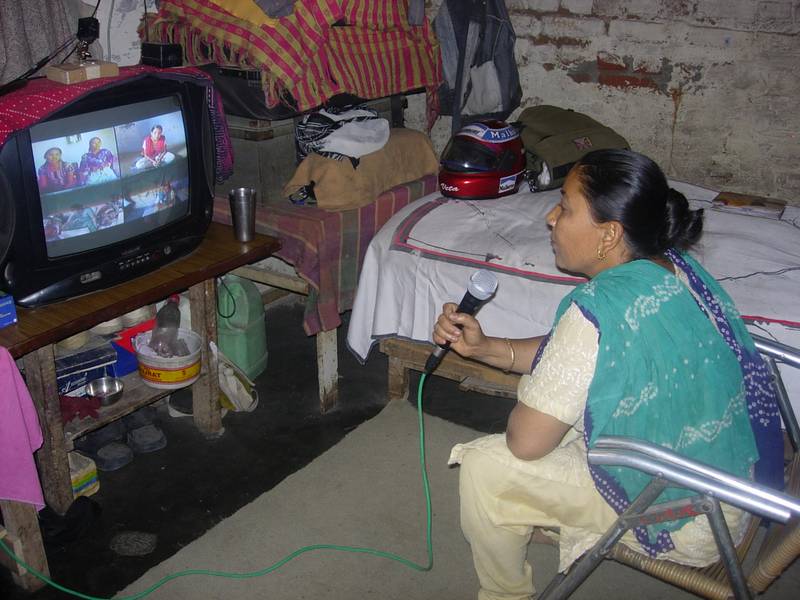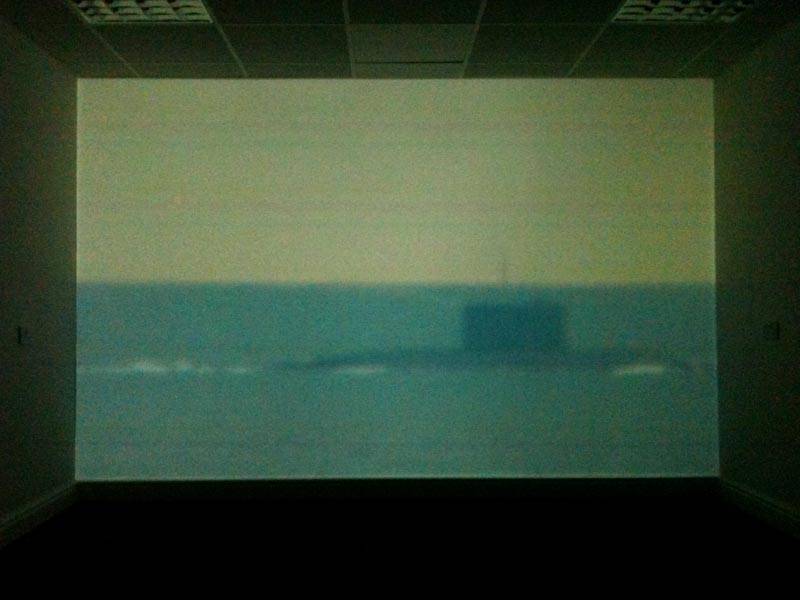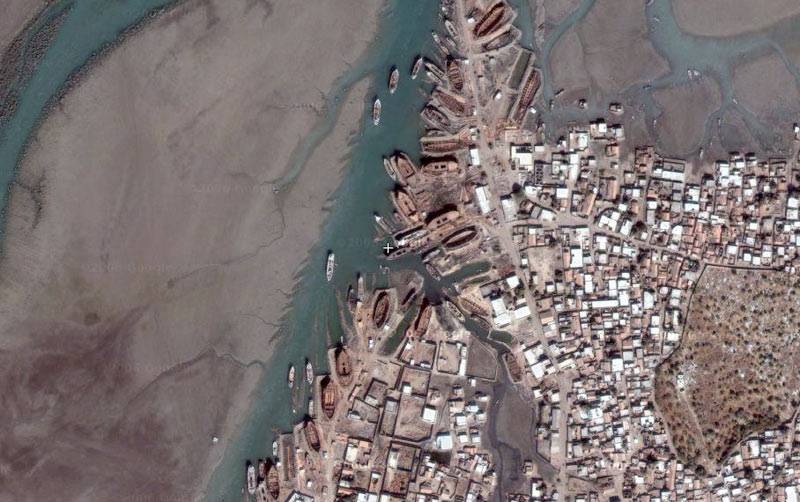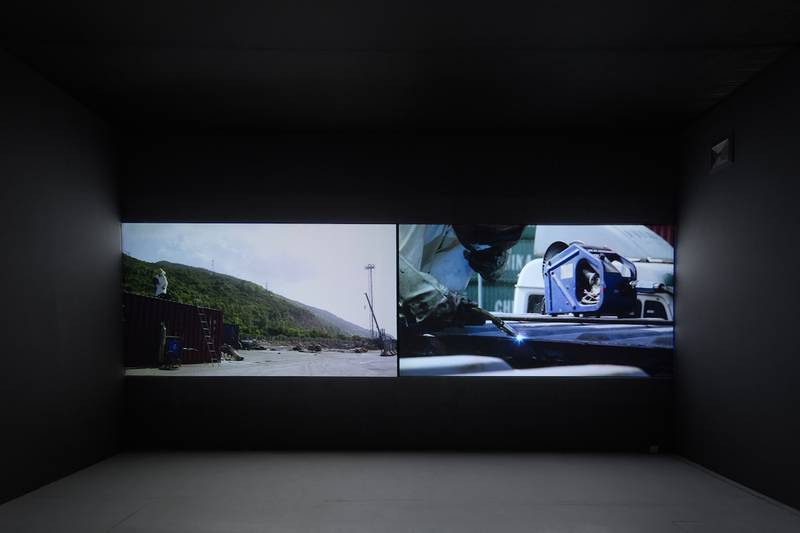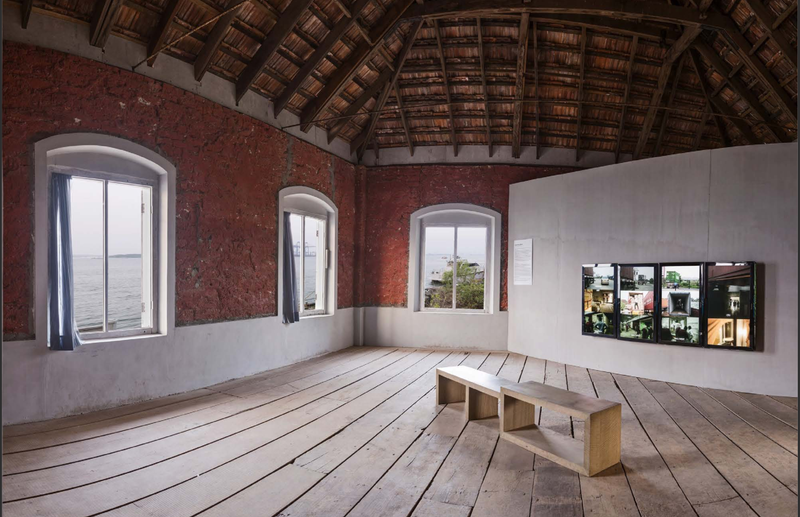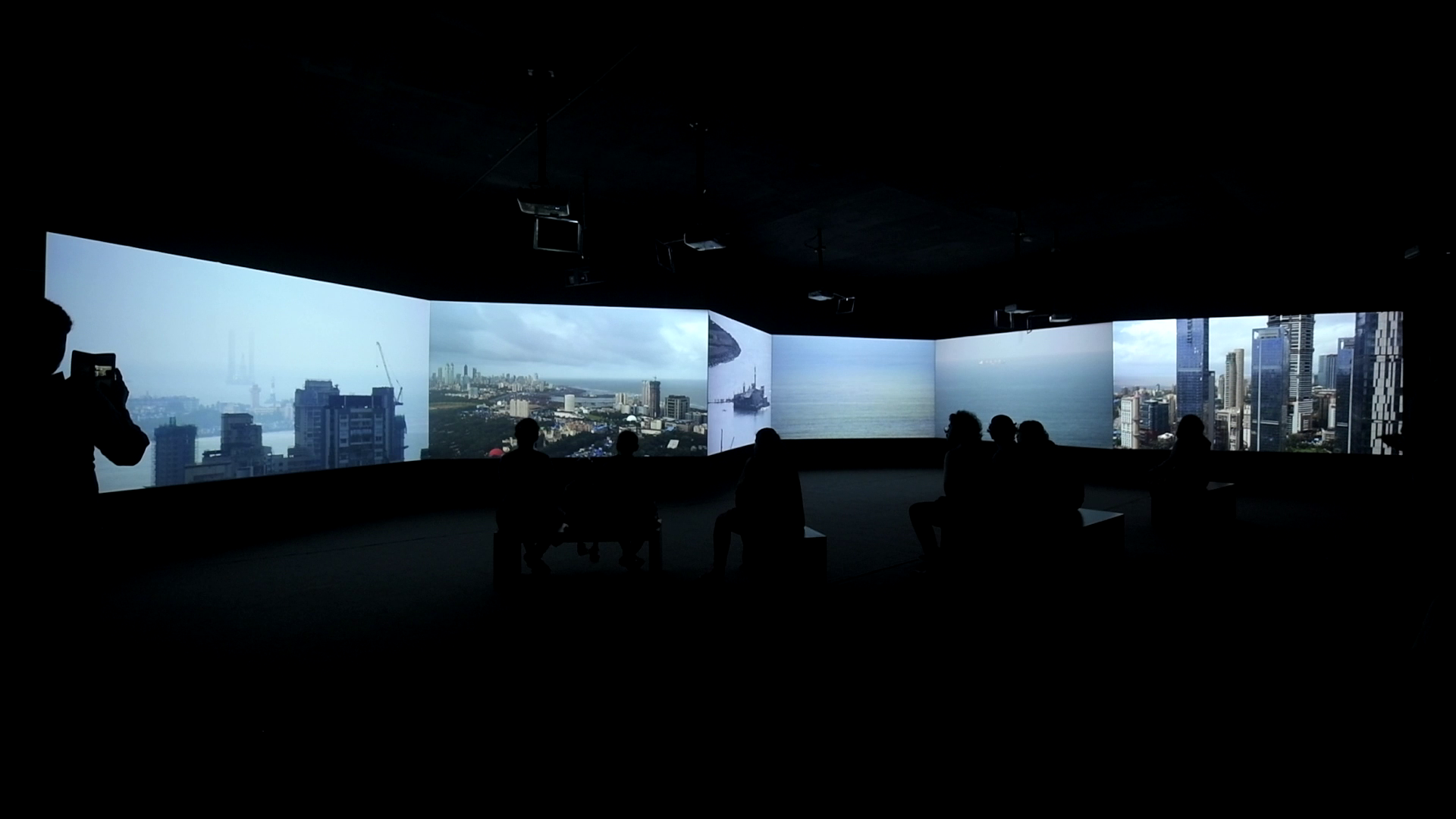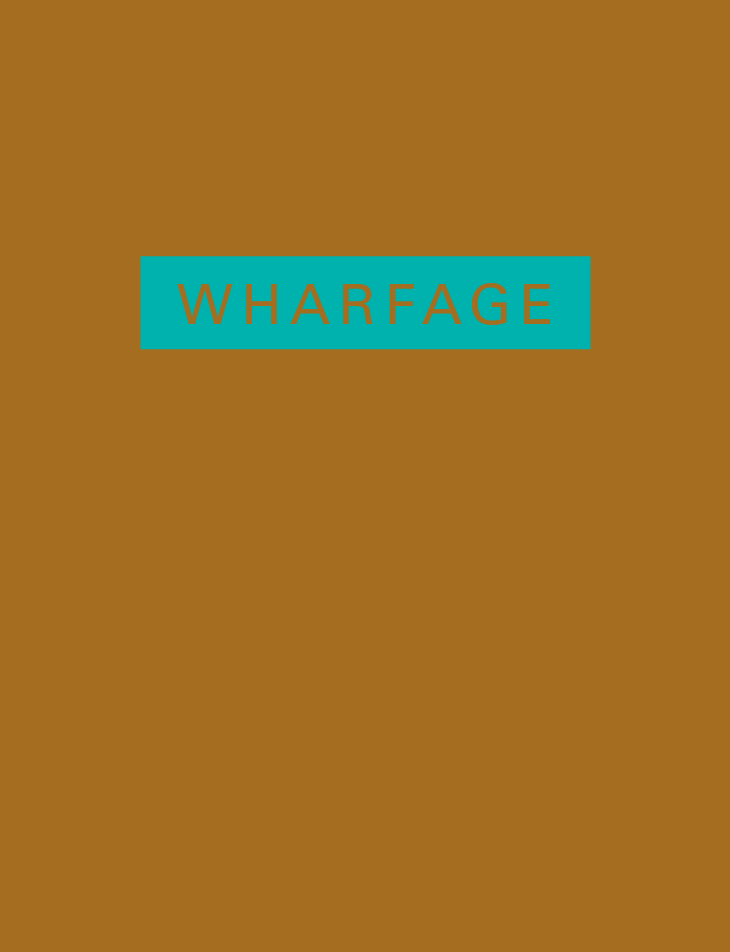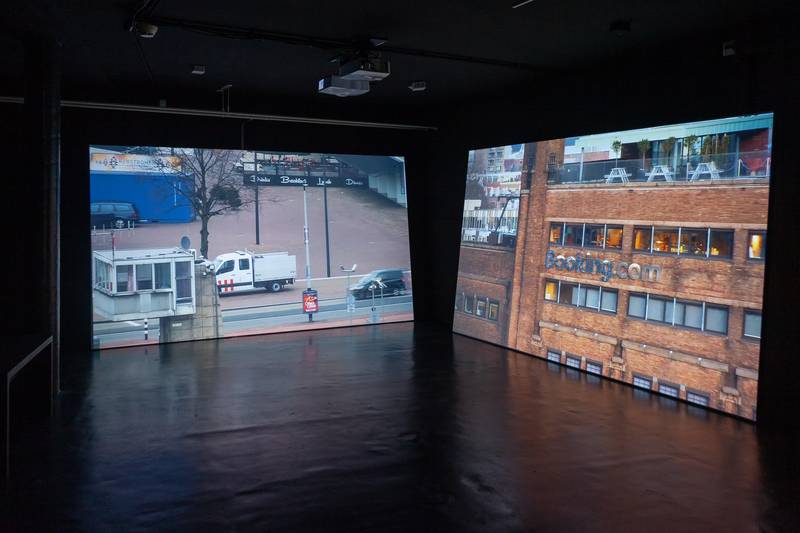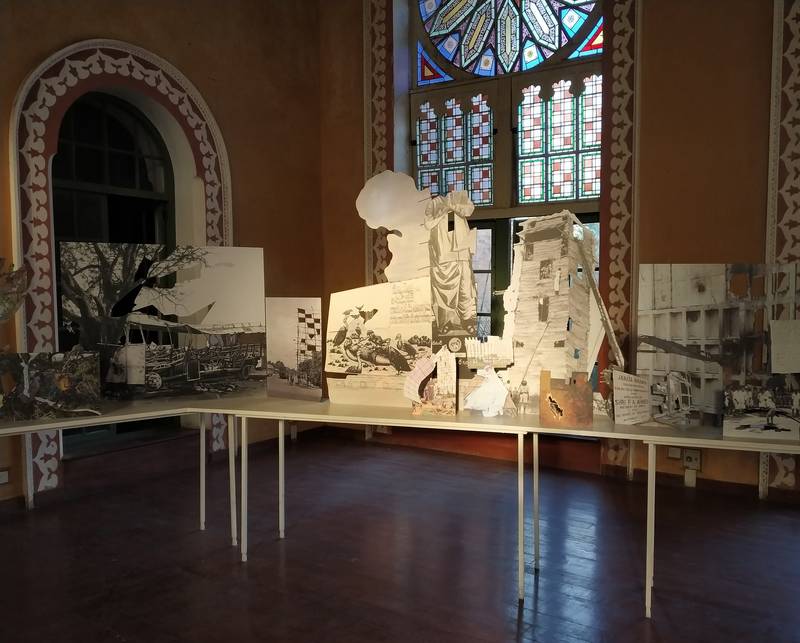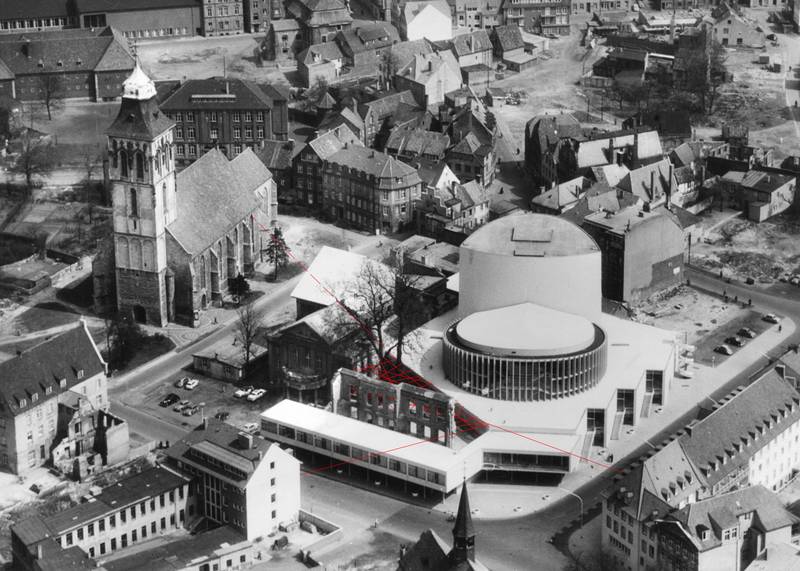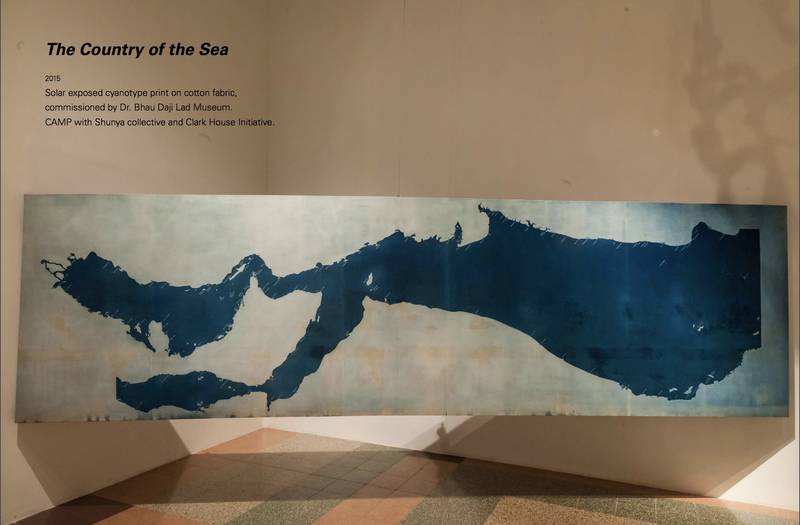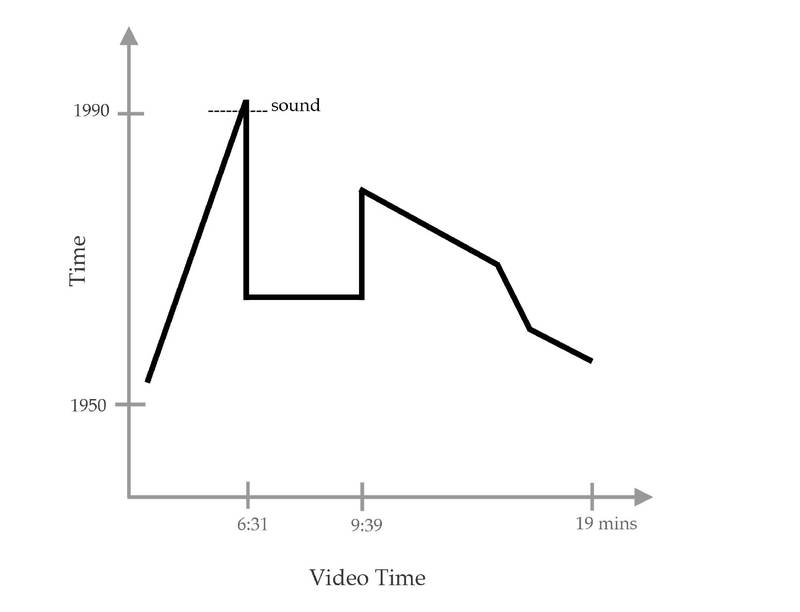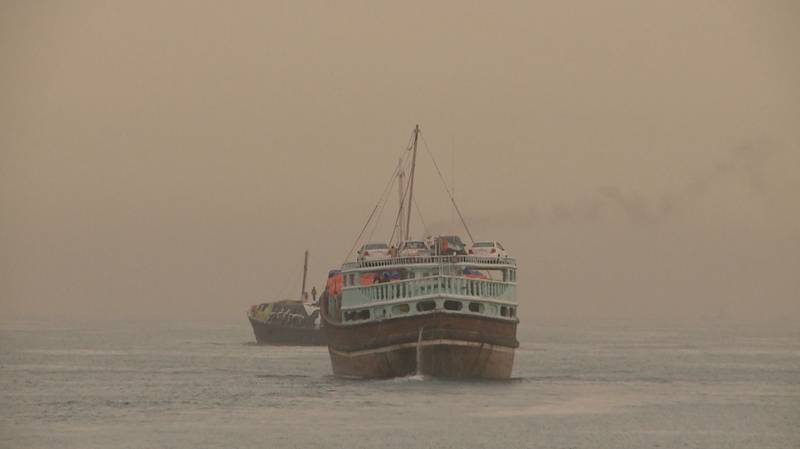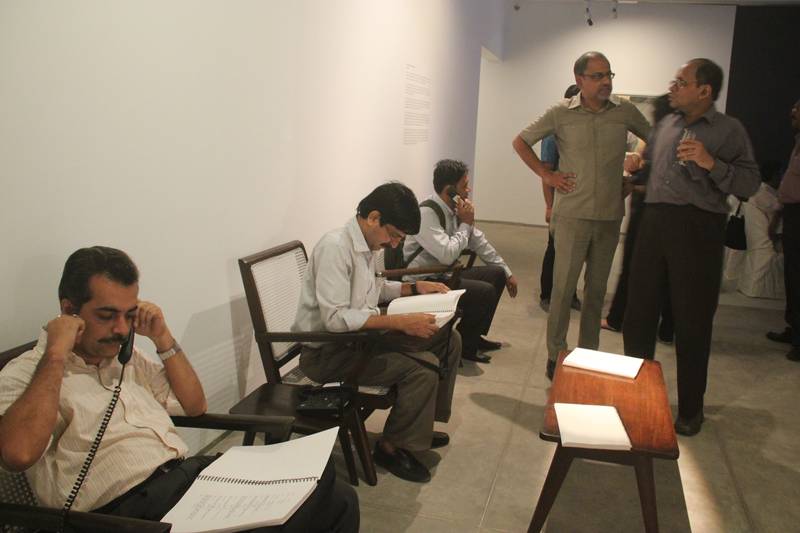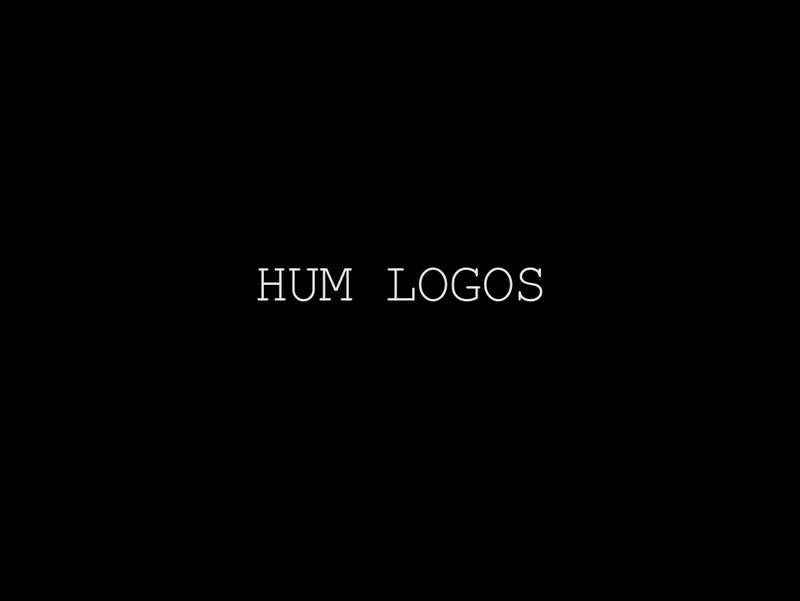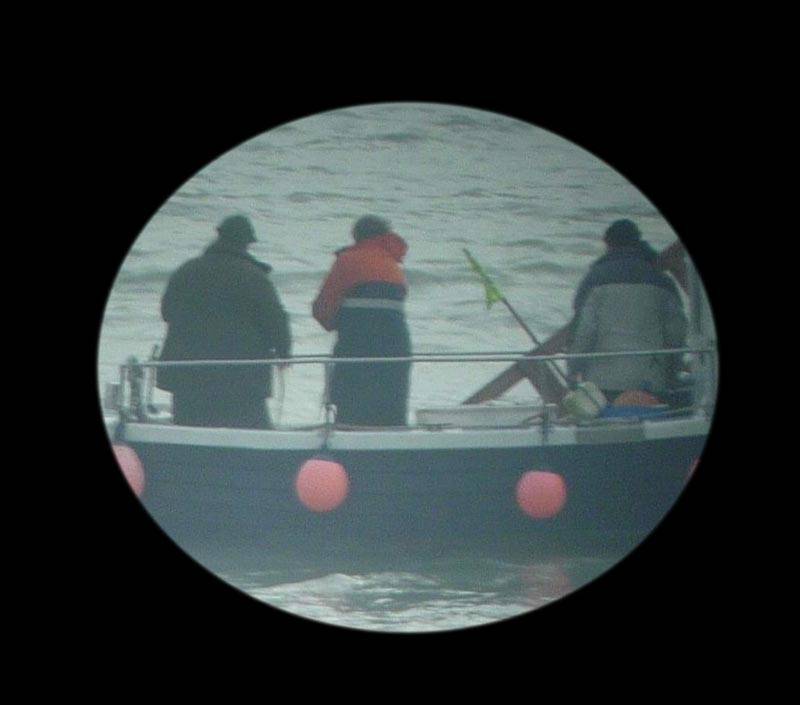
The Country of the Blind, and Other Stories, 2011
A film that compiles observations made by volunteer guards watching the English Channel, over one year. Filmed by small cameras connected to the eyepiece of telescopes. Produced with the National Coastwatch Institution, Folkestone, Kent, UK.
60 minutes, 5.1 surround sound.
Our text in the triennial catalogue, "A Million Miles from Home":
What could it mean to extend “watching the coast” to “filming the sea”?
Are there any National Sea Film Institutions? There should be.
Because on the one hand, as the anthropologist Michael Taussig describes it,
the modern sea is an image, a wallpaper
backdrop for a Malibu or Folkestone lifestyle. On the other hand, in mostly
invisible movements, the seas transport more than 90% of all global trade. So from
any given coastline, the sea is an image, and it is not, too. Images of the sea remind
us of this situation precisely: that what you can see is always just the surface, the proverbial
tip of the iceberg.
One eye or two? The inorganic, technological eye not only extends, but exacerbates human vision (i.e. could also make it worse). In a way, every optical instrument produces a new visual “medium”, like painting or television. A telescope is a medium. So is radar. So is a wink. Such mediations and their effects enter parasitic exchanges with other mediums like film or photography. For instance in the 18th Century seaside Camera Obscura, before cinema, outside which people would often line up and pay good money, just to see an image of the very same outside they just walked in from. This kind of power is not only a technical matter (it is), but also a matter of context: the lines were longest when there were lovers on the beach.
For the NCI Folkestone, the usual area of interest is the immediate vicinity of
Copt Point, a “blind spot” for Dover Coastguard. But binoculars don't have speed limits, or built-in censors.
In other words, what can be seen is somehow uncontrollable. It will include banana carriers and gin palaces and local fishermen that one knows. The open sea makes it impossible to watch only protectively, it asks us to watch longingly, expectingly, embarrassedly and helplessly too.
There is a room behind the film that you see here, full of voices, radio, and conversations. As the nature of watching shifts, sound does too, and we hear the overlap and struggles for space between different “sources”:
coastguard radio, AIS, google searches, personal memories, shared
humour, BBC radio.
In the so-called “big society”, volunteers will self-organise to do what the state now does. Education, basic services, and policing. But surely one of the preconditions of voluntary work is to be able to determine one’s own sense of what duty is: and in which way one chooses to become part of the images one sees, or films.
Shot list:
00:05 Fire in the warren, but Viking Princess leaves harbour
00:56 Sea Shell and struggles with a pot
04:03 Peter and Peter picking pots
05:31 Fisheries Patrol!
08 04 Genesis outside a decommissioned harbour
08:49 A phone call
10:48 Bombin’ it into the harbour, past all the boats there
12:19 That clock has been repaired
13:05 Gandhi-jaan comes to Folkestone harbour
15:16 E-N-O-T-S-E-K-Lovibond-Obsolete-Fishing
15:51 The Burstin and news on the radio
16:22 The Mermaid
16:37 Olympic tickets
16:59 Paddling on Sunny Sands
17:39 Canoeist? Kayaker?
18:27 Wind blows the magpies, can’t see Dover
19:35 Dramatic but dangerous
20:36 P &O ferry sheltering from the storm
21:27 Stone from the Needles
22:32 You were a P & O guy, weren’t you?
23:31 Saga Ruby leaves Dover for the fjords.
28:12 Norwegian Sun
29:00 MSC Orchestra
29:27 The largest container ship in the world
31:35 The Algerian Navy
32:55 The Royal Navy
33:54 The Belgian Navy
34:31 Unknown
34:56 Its there, but you can’t see it
35:48 Shabab Oman
36:09 Lady Shana and MOL Magnificent
36:35 COSCO Indian Ocean
37:43 More boxes going south
38:09 Nouadhibou
39:15 A pan of the French coastline
41:10 CMA CGM and, is it an island?
42:18 Dungeness
42:35 Drilling platform on the Osprey
42:47 Is it a plane, or just the wings?
43:07 A close call
45:43 In contravention of Rule 10 of the collision regulations
46:06 Gin palace
46:36 Finally, a rainbow you can see
47:04 UK Border Agency, formerly Customs and Excise
47:48 Water cannon in the front
48:21 Anglian Monarch
49:28 Dave Watkins
50:45 Survey vessel
51:13 Playing survey-survey in the harbour
51:25 Extremely close-up
51:40 Police boat with many empty seats
52:27 Up and Under
54:10 An invasion of seagulls
54:41 The “Archbishop” and the dig
56:38 Gurkhas on the east cliff
57:16 Where are you?
57:55 (Sky)diver and a poem
59:12 Rescue
59:46 Watchkeeper and biscuit after a hard days work
Credits
By: Shaina Anand, Iyesha Geeth Abbas, Ashok Sukumaran and Guy Mannes-Abbott
Produced by the Folkestone Triennial 2011, curated by Andrea Schlieker
At the NCI, thanks to
Trevor Hughes
Andrew Lovibond
Andy Pope
Ciaran Casey
Frank Pope
Bev Sheppard
Roger Goody
Eric Harris
Anne Houghton
Graham Pay
Tony Hutt
Dick Liggett
Chris Hutchinson
John Keeble
Len Price
Mike Stranks
Mavis Taylor
Ken Humphrey
John Roberts
with thanks to Mukul Patel (sound), Zinnia Ambapardiwala, Sanjay Bhangar, and Aarthi Parthasarathy (at CAMP)
and further thanks to Annett Busch, Florian Schneider, Annemie Maes, Tarek Abou El Fetouh, Trudi Mann (all for Brussels, where we were stuck),
Jennifer Thatcher, Niamh Sullivan (at the Triennial), and people at the Ship Inn, the Mariner, the True Briton and Gillespie's (in the Folkestone harbour).
























